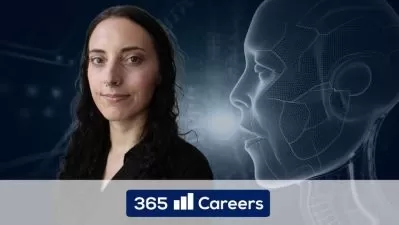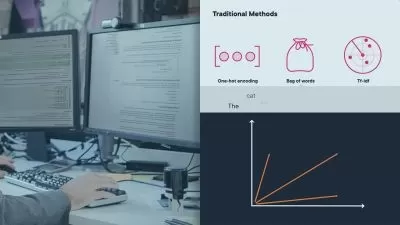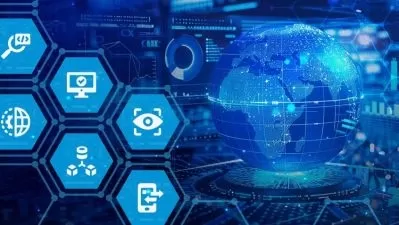Natural Language Processing for Speech and Text: From Beginner to Advanced
Wuraola Oyewusi
2:00:04
Description
With the recent surge in large language models, it's particularly relevant to explore the evolution of NLP techniques, from traditional methods to current industry standards. In this course, Wuraola Oyewusi—an experienced data scientist and machine learning and artificial intelligence professional—helps you build a strong foundation in natural language processing (NLP) concepts and addresses the end-to-end application of NLP. Learn about both text and speech data while you explore the theoretical background of NLP concepts, the historical evolution of NLP techniques, and current applications of NLP representation techniques for both text and speech data. Dive into code-based practice exercises for preprocessing techniques and tasks for both text and speech data. Plus, check out a wide range of Python libraries, including NLTK, spaCy, Hugging Face, Transformers, librosa, scikit-learn, gensim, and torchaudio.
More details
User Reviews
Rating
Wuraola Oyewusi
Instructor's Courses
Linkedin Learning
View courses Linkedin Learning- language english
- Training sessions 40
- duration 2:00:04
- English subtitles has
- Release Date 2025/01/15











